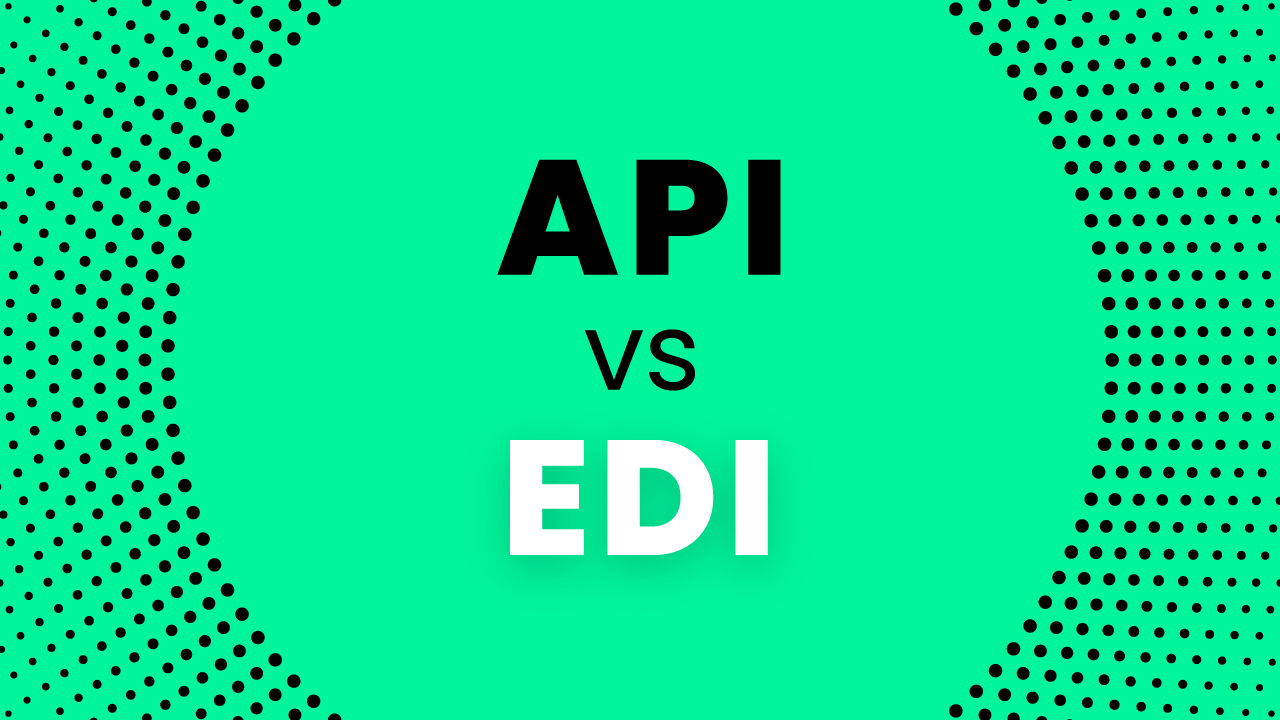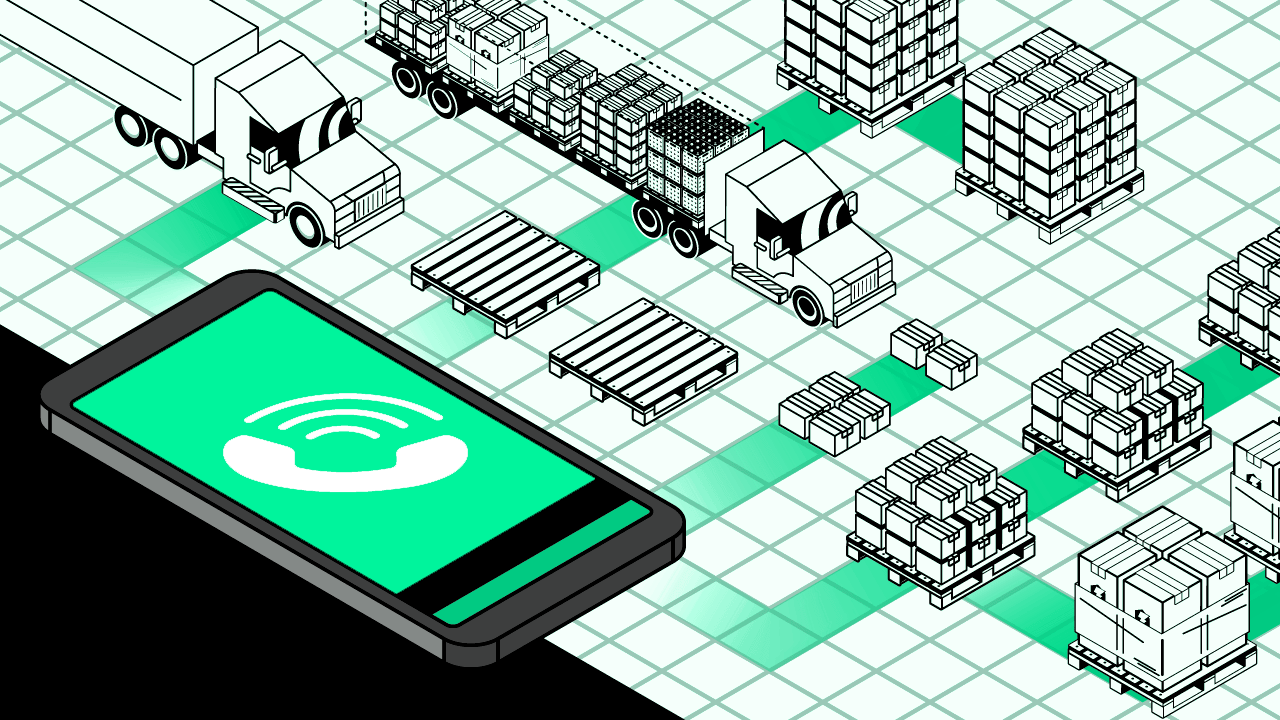By now, you’ve probably heard of application programming interface (API) in relation to supply chain management solutions — it’s a key component of supply chain automation.
The popularity of API connectivity is growing among shippers who are relying on faster and more efficient ways of keeping up with their freight.
But what is an API, and how does it differ from electronic data interchange (EDI)?
What advantages can shippers gain by integrating API solutions into their supply chain, and how can shippers of all sizes benefit?
Let’s answer some of these basic API questions so you can start connecting with confidence.
What’s the Difference Between API and EDI?
Both are ways to digitally transmit data, but that’s about where the similarities end.
API
- API is a newer software medium that allows two applications to communicate with one another.
- APIs communicate in real-time.
Example: Shopping for flights on Google. Google will confirm flight information (rates, routes, availability) with airlines by making calls to their APIs.
EDI
- EDI is a communication technology that pre-dates the internet and is common for transmitting data between systems.
- EDIs run data transmissions over timers.
Example: Sending an electronic load tender document.
4 Reasons to Choose API Integrations over EDI
1. Real-Time Data Transfers
APIs transmit data in milliseconds.
This allows a transportation management system (TMS) to run on real-time data, whether you’re getting tracking updates, building loads or getting spot quotes.
2. Lower Integration Costs
Integration through APIs is generally less complex than EDI integrations. Public APIs are built for reusability.
Once a public API is available, anyone with credentials can build solutions to leverage that API, whereas EDI requires unique data mapping for each integration.
EDI integrations may take several months, whereas, API integrations can take a matter of weeks, if not days, and files may have complex formats requiring the labor of specialists.
3. More Scalability
APIs will expand a company’s ability to automate manual pieces of their business that cannot be offered through EDI connections.
For example, requesting spot quotes through an API can eliminate hundreds of calls and emails that take place on a weekly basis.
4. Confirmation of Data Exchanges
With APIs, the software application communicating with the API will receive a response on whether the requested action was successful or not.
With EDI, information is stored and forwarded without confirmation of success or failure.


